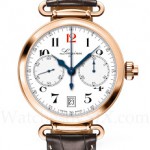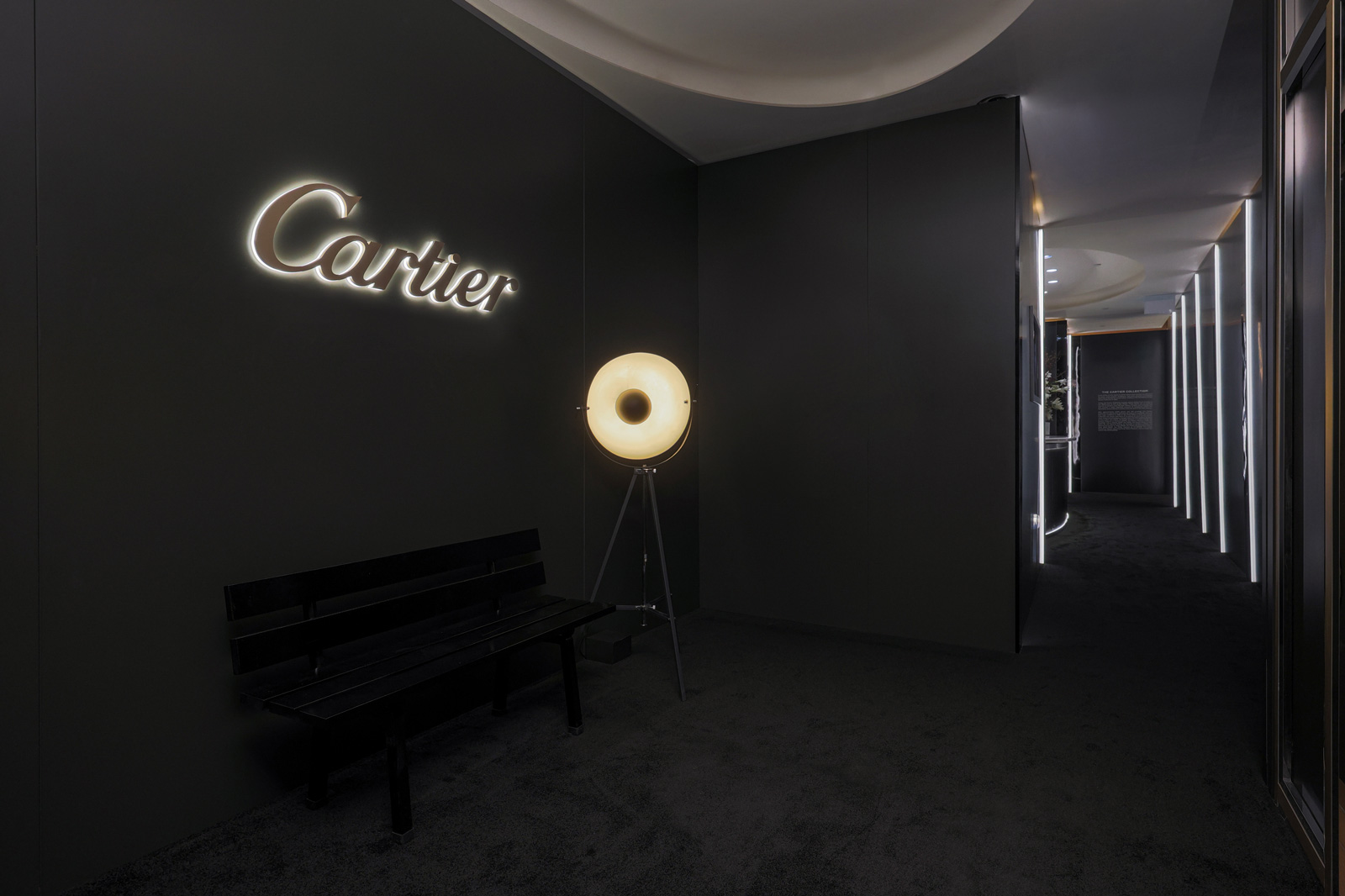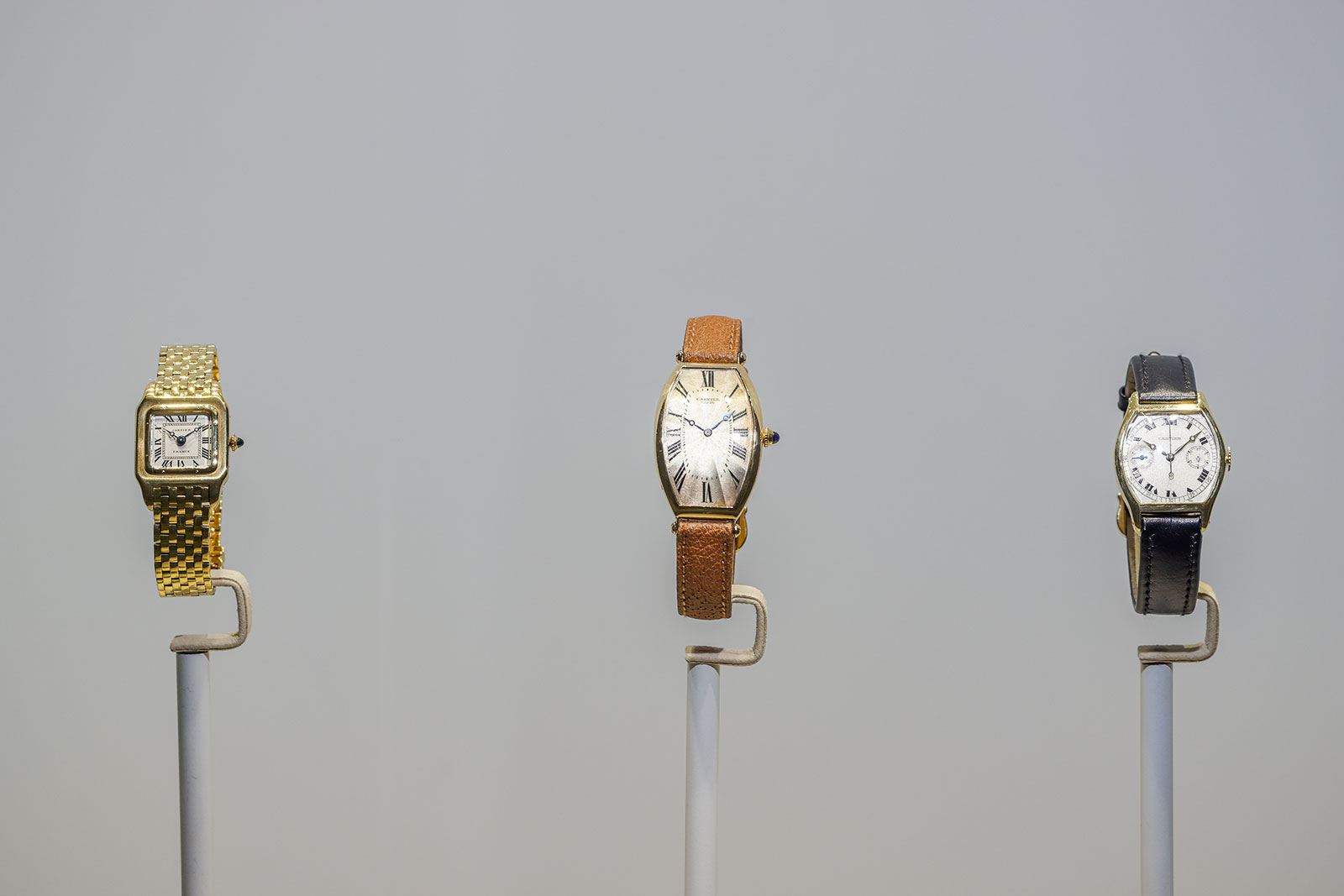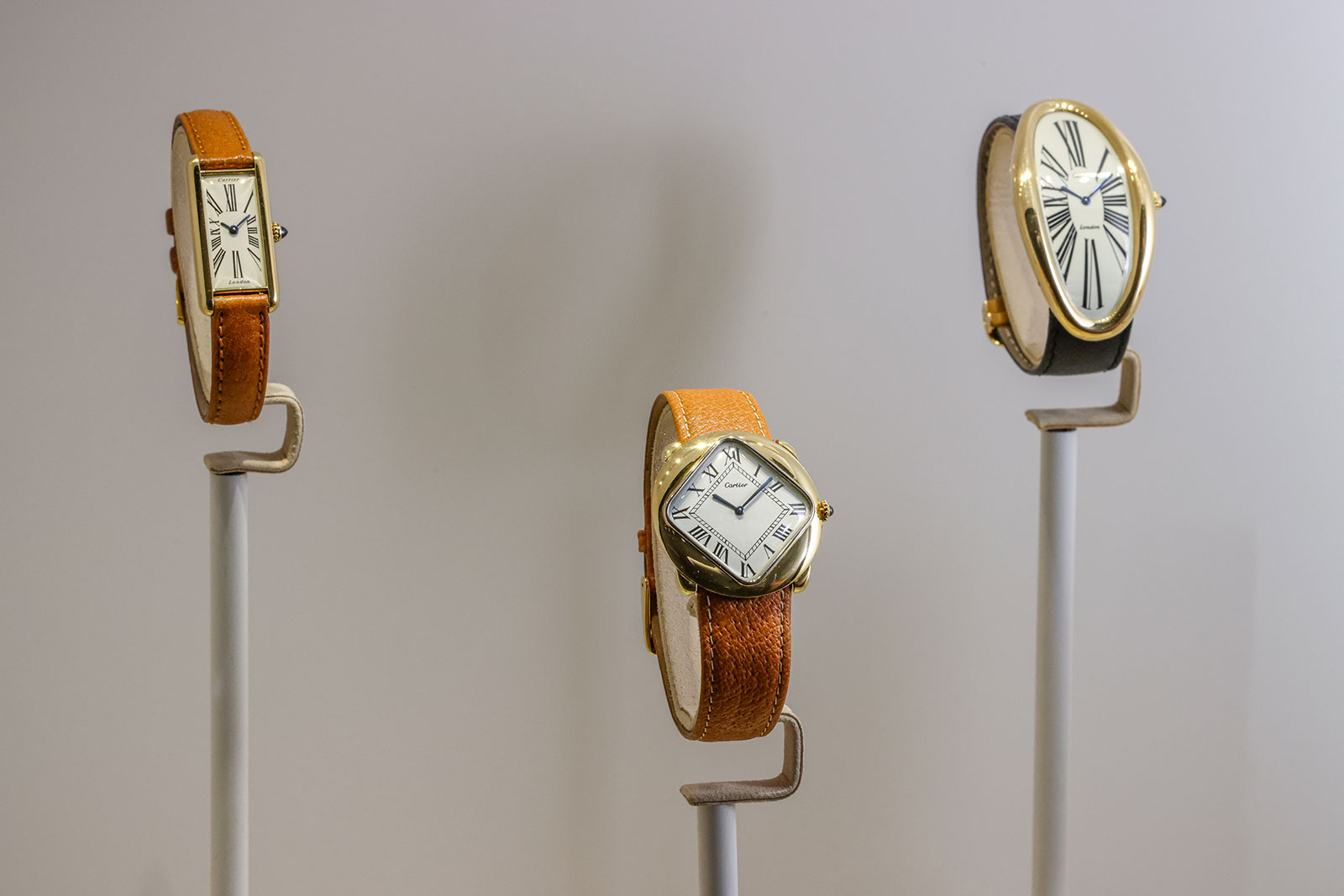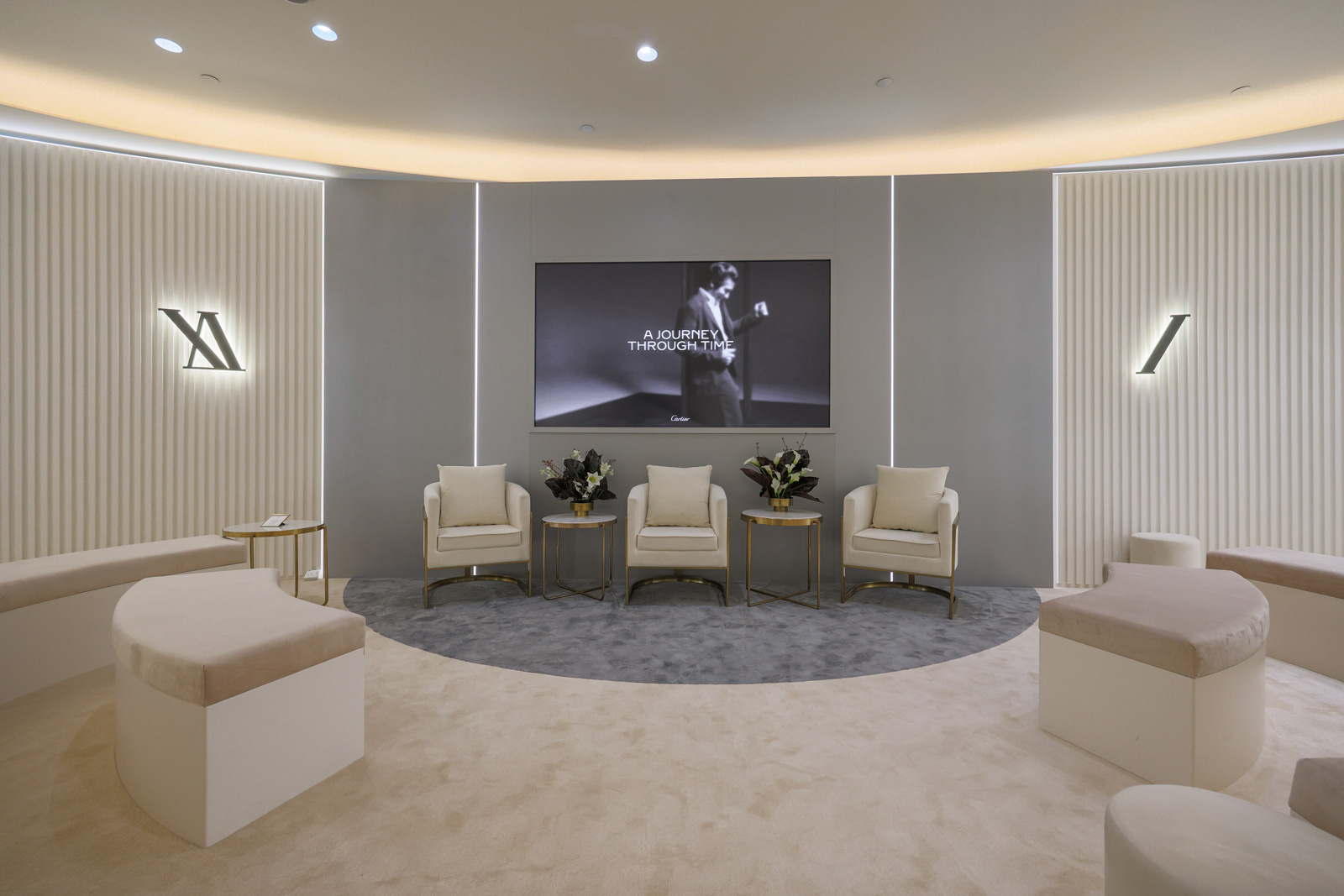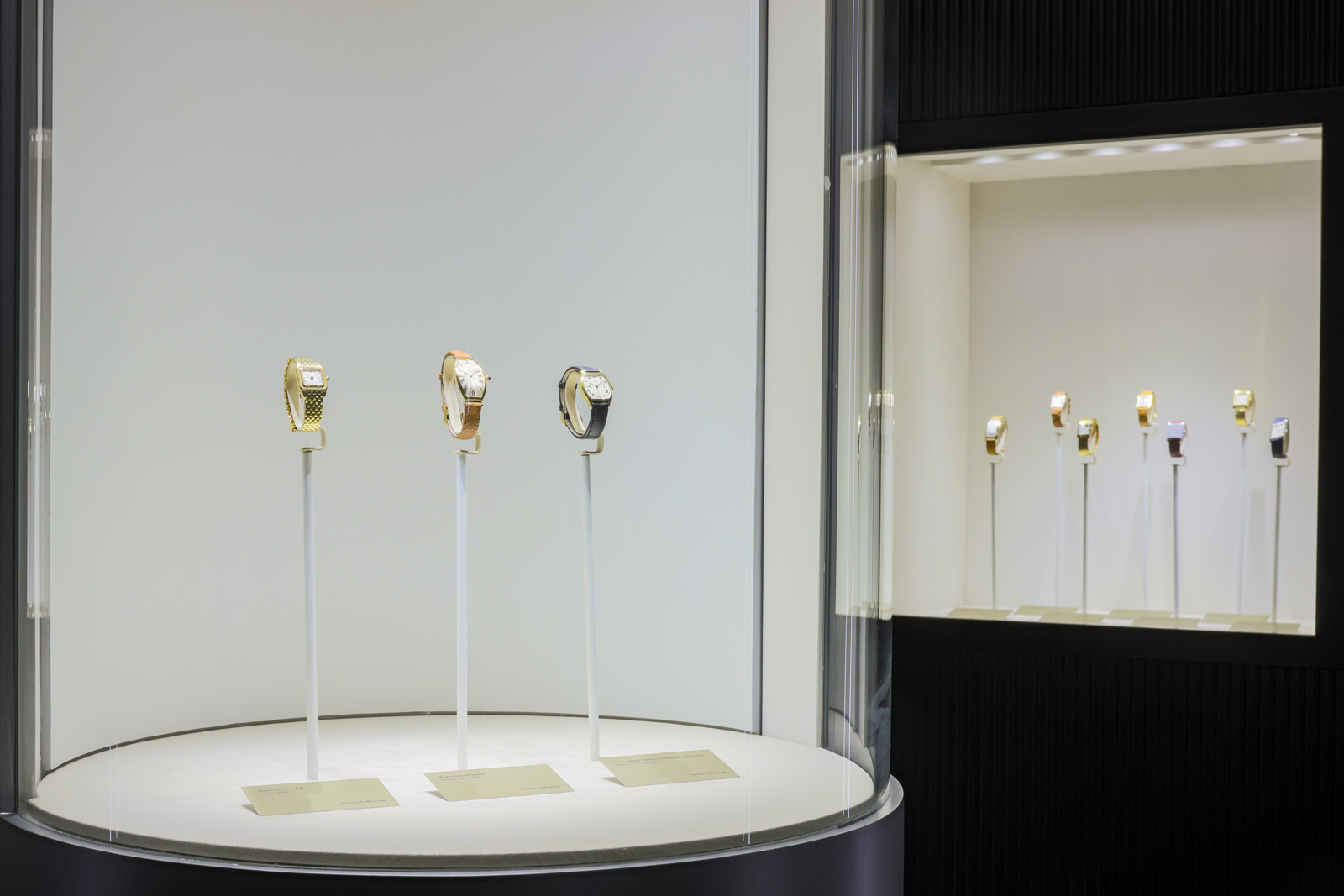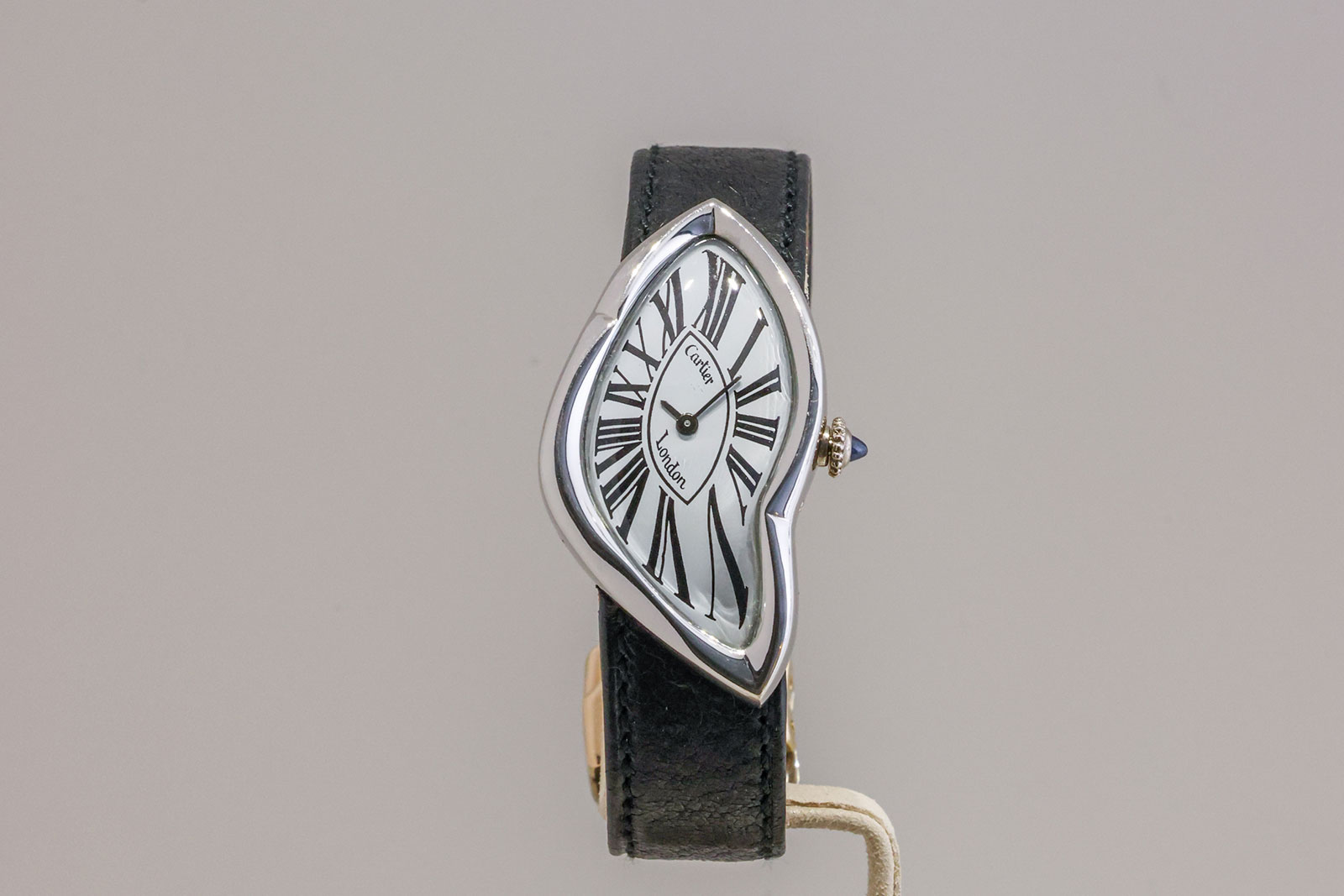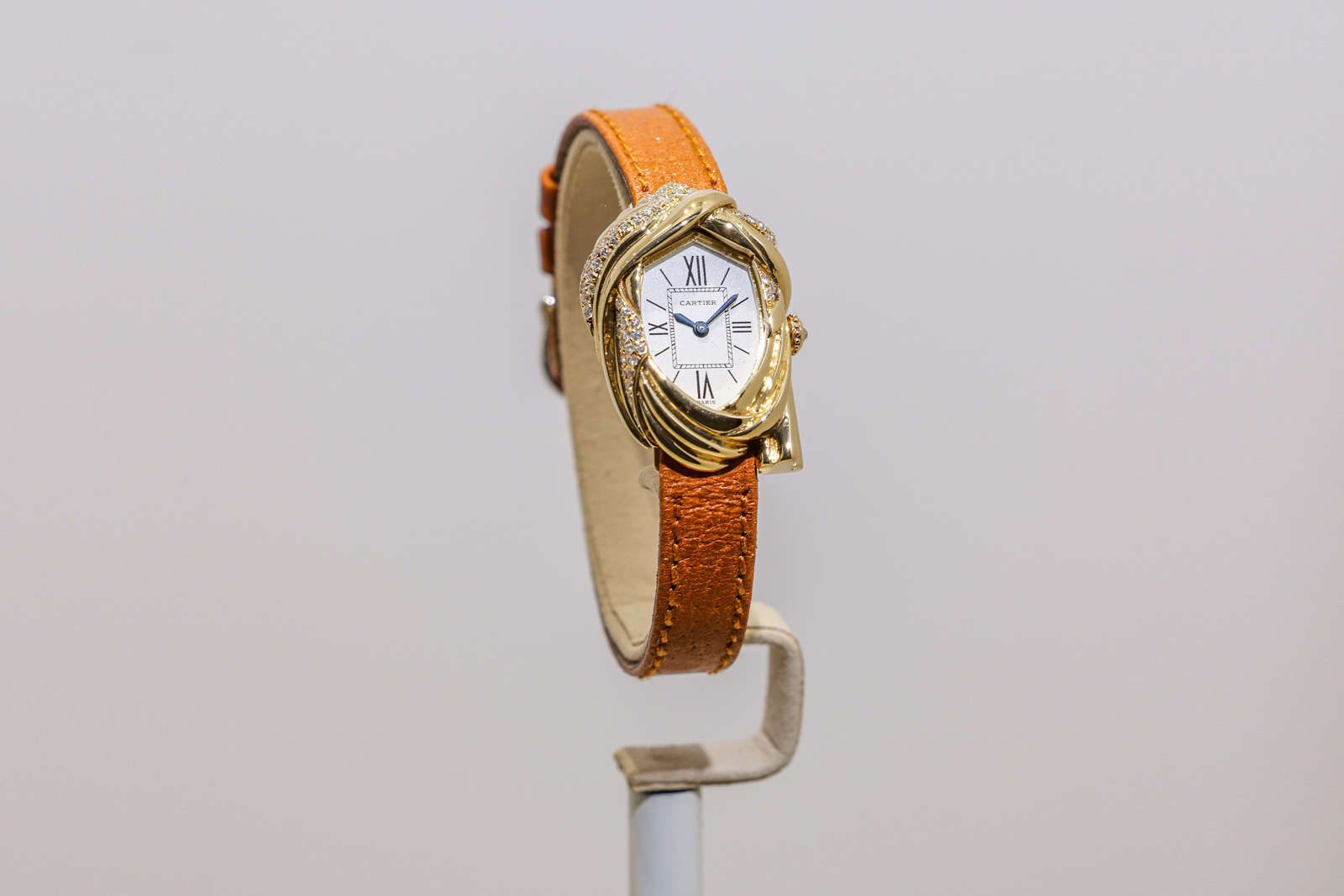Longines Revives Novel Central Power Reserve Display
Inspired by the vintage Conquest ref. 9028.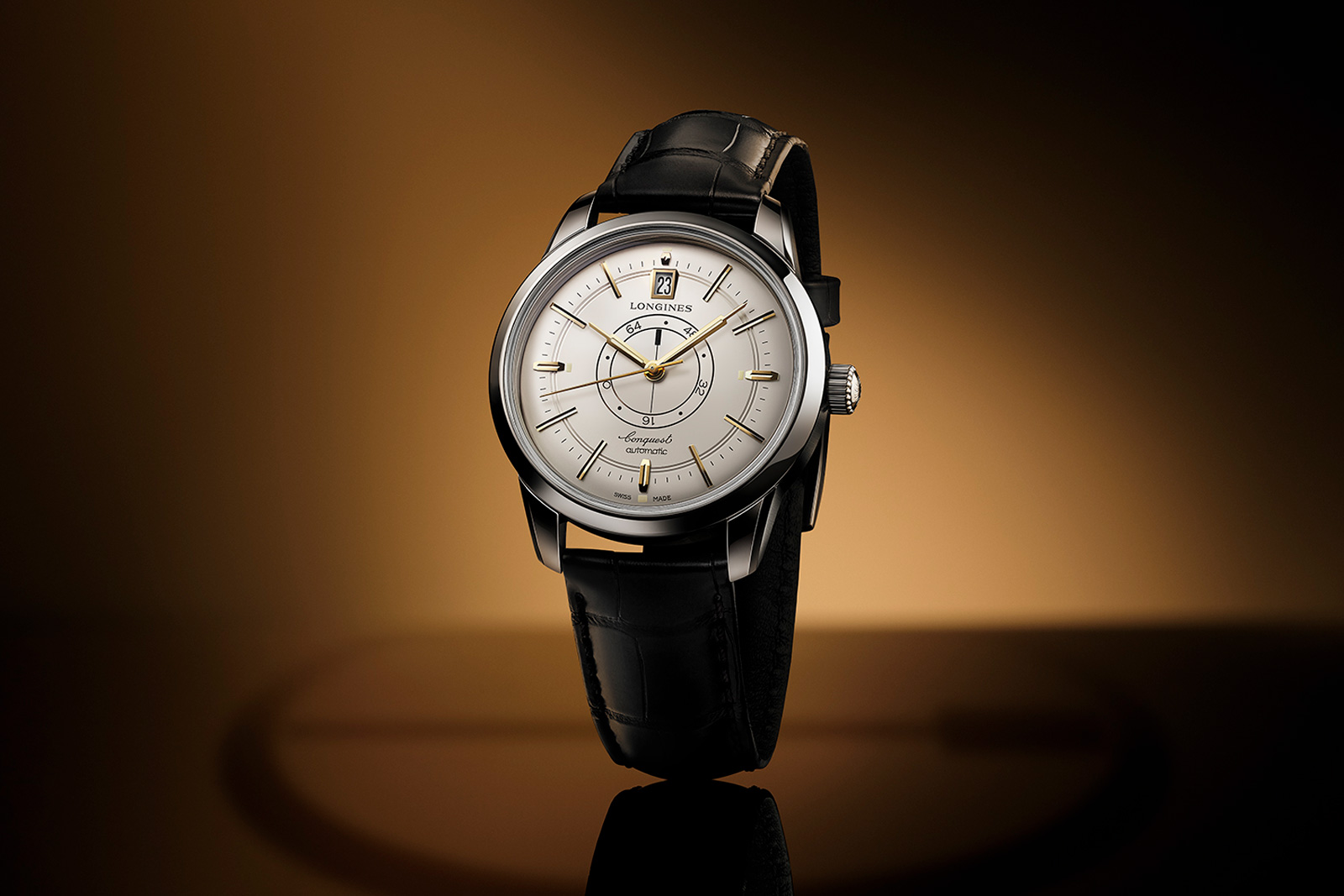
Longines’ latest launch is unexpected in featuring a novel take on a useful complication: the Conquest Heritage Central Power Reserve has a power reserve indicator positioned at the centre of the dial, on the same axis as the hands. Though unusual, the central power reserve is actually found in the Conquest ref. 9028 from 1959, making this something of a vintage remake, which makes its debut just in time for the 70th anniversary of the Conquest collection.
Initial thoughts
The current Conquest collection is somewhat forgotten because it’s positioned between Longines’ sports watches like the Spirit and the vintage-inspired Heritage and Master models. Fortunately the new Conquest is interesting enough to stand out.
Even though it’s not a new invention, the central power reserve indicator is uncommon. Furthermore, this particular power reserve display is a clever two-disc construction that makes the indicator a bit more life, so it adds visual flair to the dial.
The central power reserve is arguably more legible than conventional indicators that are smaller. At the same time it gives the dial a pleasing symmetrical layout. Because of the symmetry, the date indicator at 12 actually works well and improves the dial design.
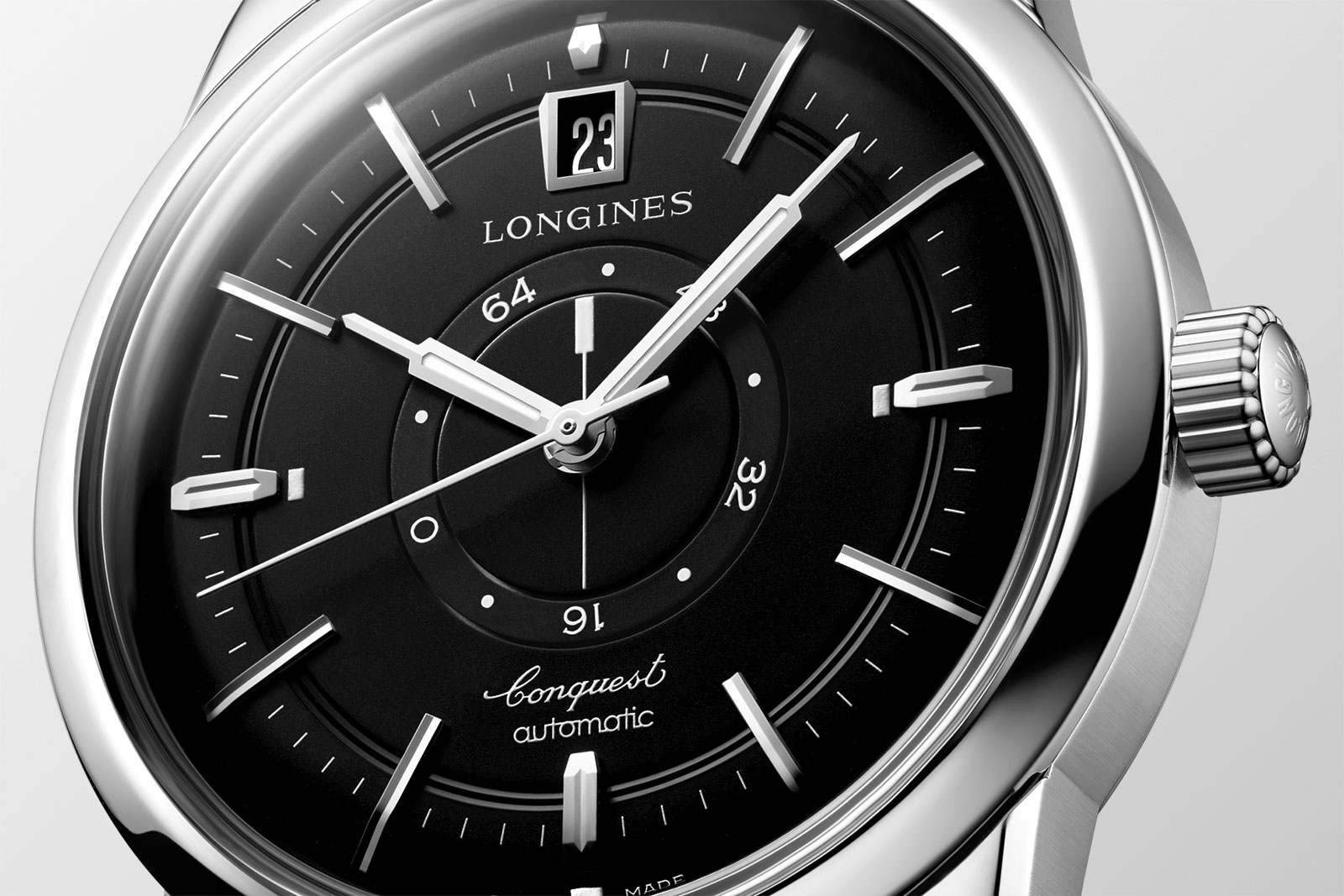
Perhaps only downside of the design is the seemingly chunky case. Like many other Longines models, this Conquest appears to have thick lugs despite being fairly compact in diameter.
In terms of price, the Conquest Heritage Central Power Reserve is more expensive than the average Longines. It costs US$4,380, which is more expensive than Longines’ basic chronographs and only slightly less than its top-of-the-line flyback chronograph. While the novel complication arguably justifies the price, it isn’t enough to make this a value proposition.
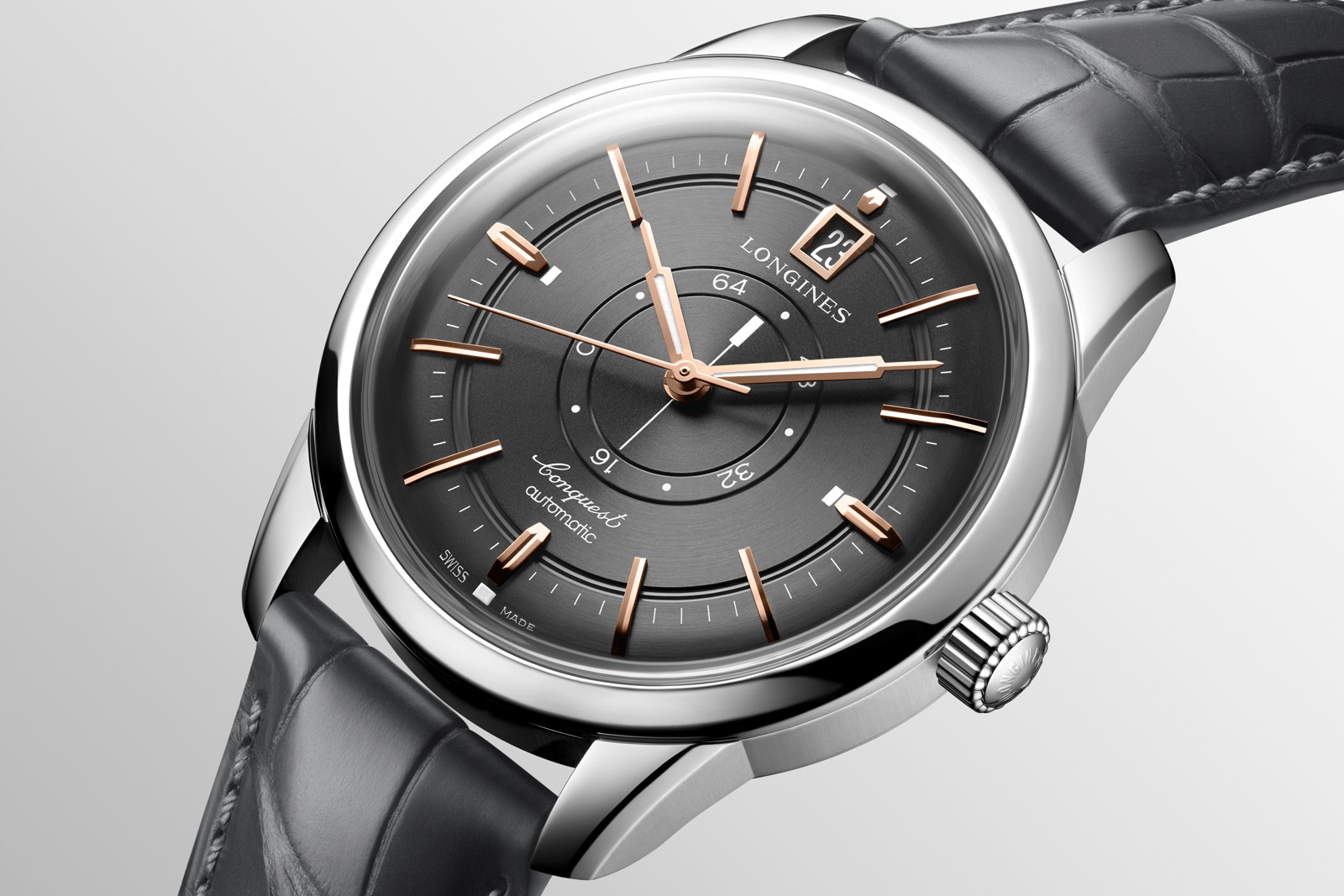
A modern rendition of the ref. 9028
The Conquest collection is one of Longines’ oldest, having been launched in 1954 with the Conquest ref. 9001, which was the brand’s inaugural self-winding and water-resistant timepiece. The new Conquest power reserve is modelled on the ref. 9028 of 1959, which was the first to feature the distinctive display made up of two rotating discs at the dial’s centre and a date window at 12.
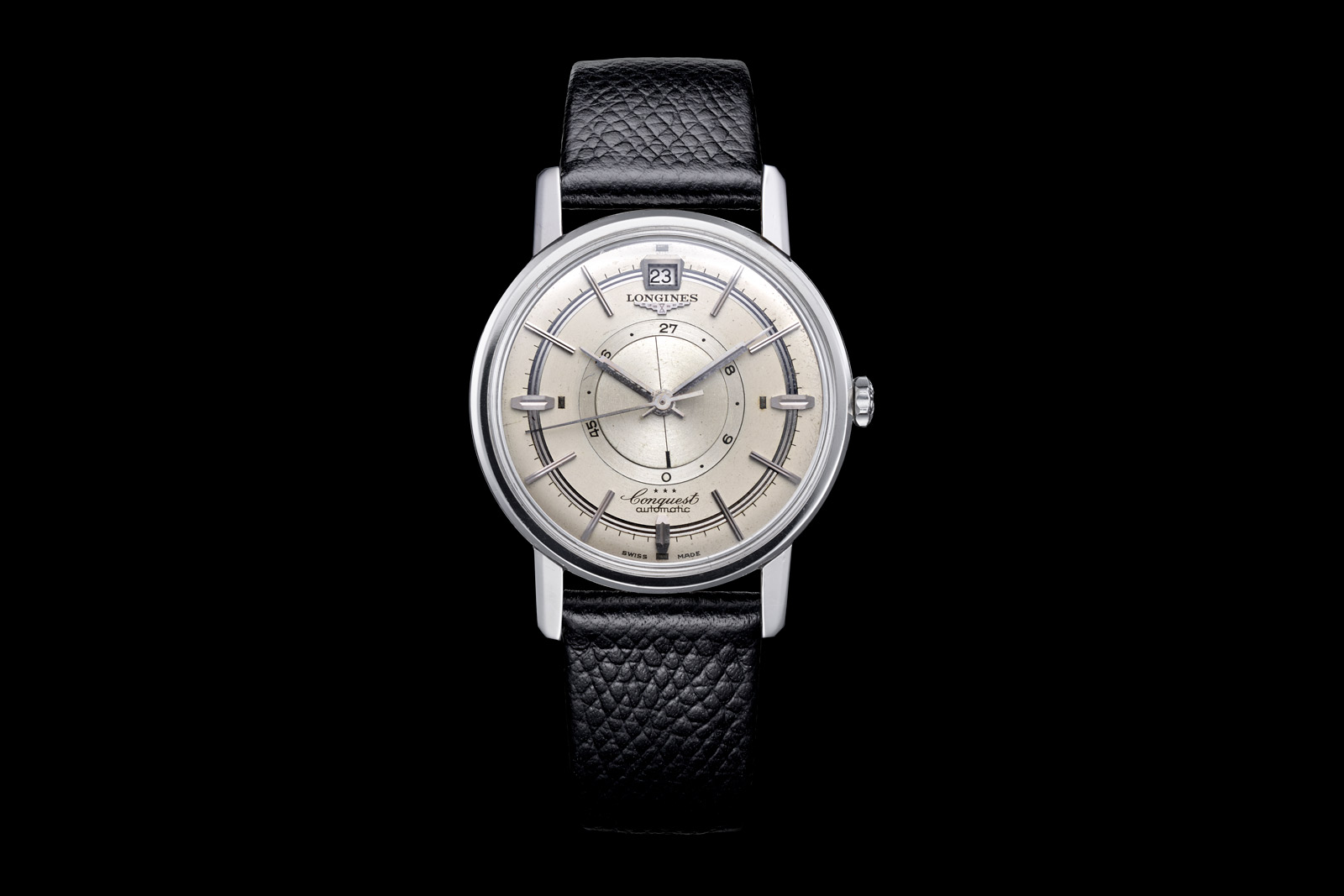
The Conquest Automatic ref. 9028 from 1959. Image – Longines
The power reserve display is made up of two discs, a lower disc with an hour scale going from zero to “64”, and an upper disc with a pointer indicating the remaining running time. When the watch is wound, either by hand or the automatic mechanism, the lower disc rotates until “64” hits the wider end of the pointer, which means the movement is fully wound.
As the watch winds down, the lower disc rotates in the opposite direction, until zero reaches the pointer, whereupon the mainspring is completely unwound. Other power reserve mechanisms rely on a similar two-disc principle, but Longines is the only brand to position it on the centre of the dial, at least in the modern day.
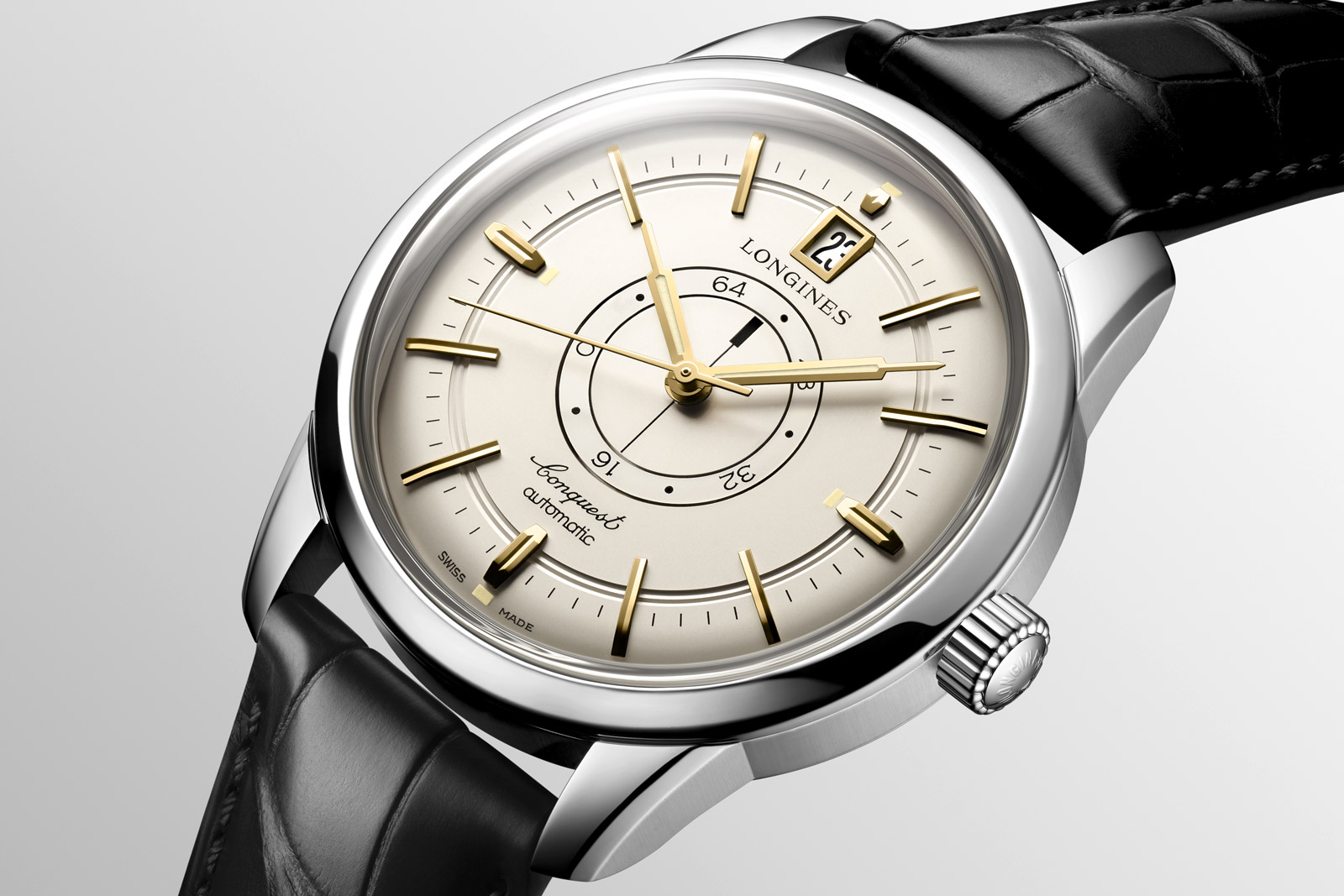
The Conquest power reserve is offered with three dials: champagne, anthracite, and black. The champagne and black dials have more of a retro feel given their similarity to vintage models, while the anthracite dial is the most contemporary, particularly with its red gold-plated hands and markers.
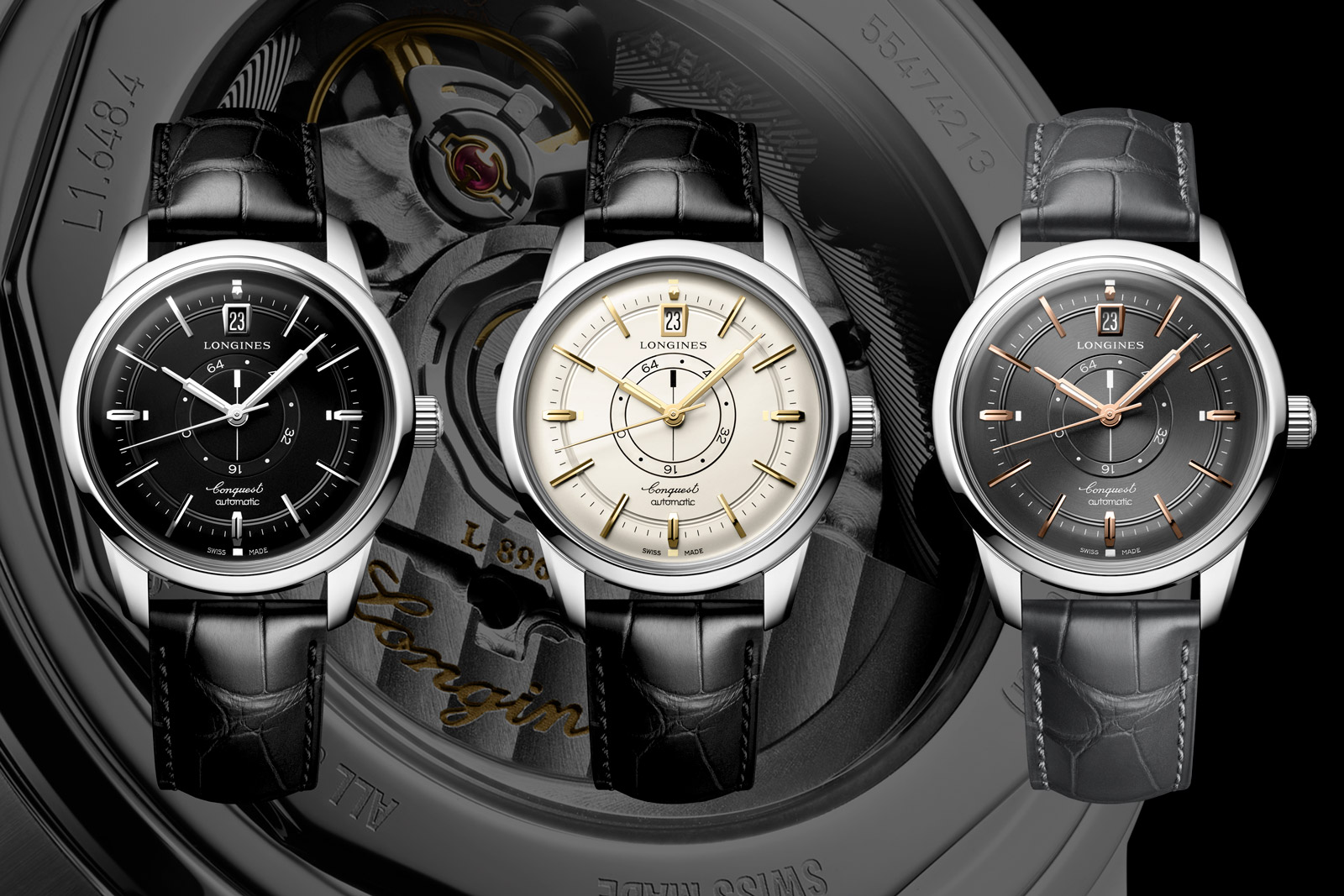
All three share the same 38 mm case that has a “box” sapphire crystal along with an open back revealing the cal. L896.5. Derived from the ETA 2892 but upgraded and customised for Longines, it’s a high-spec automatic movement with a silicon balance spring and power reserve of 72 hours.
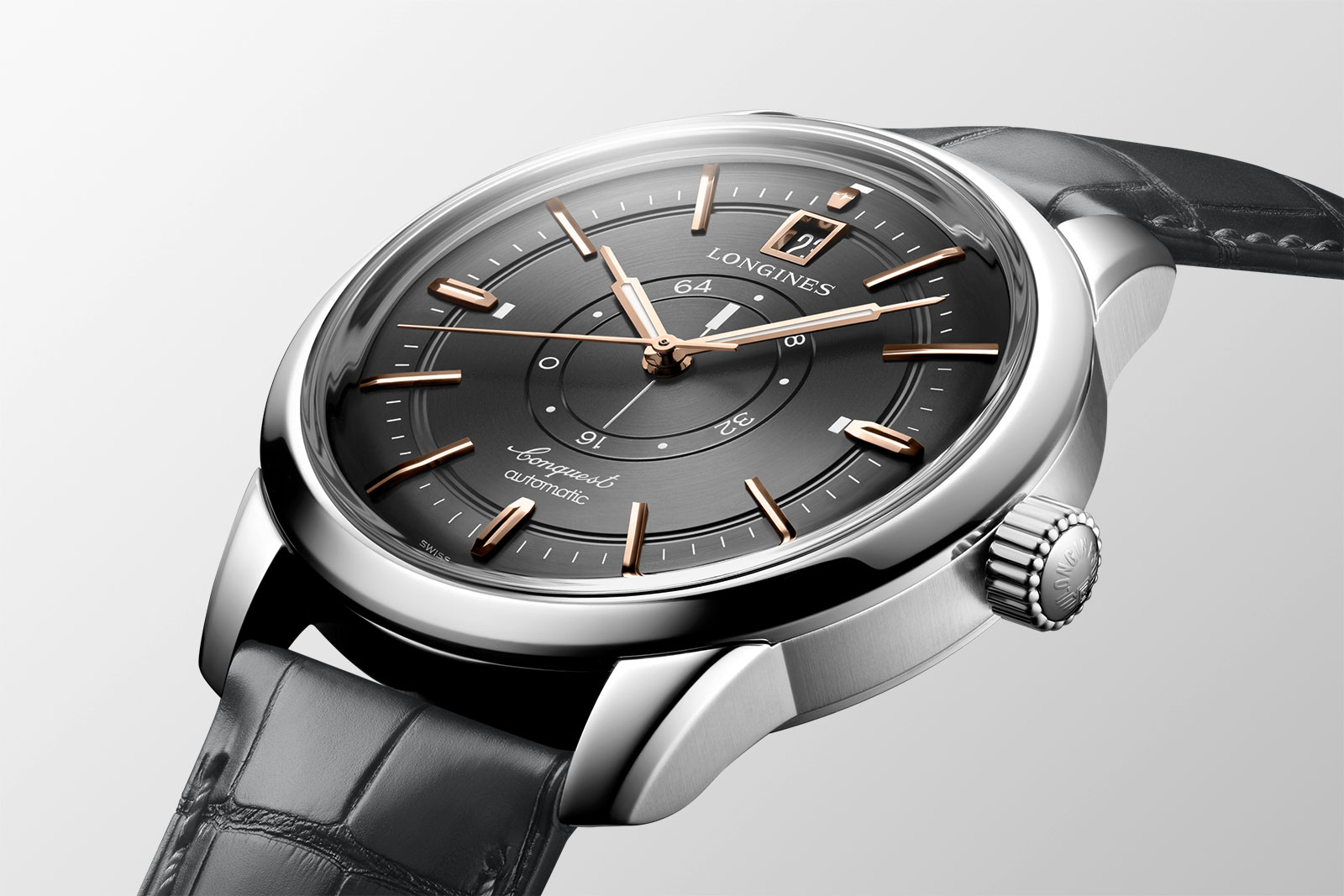
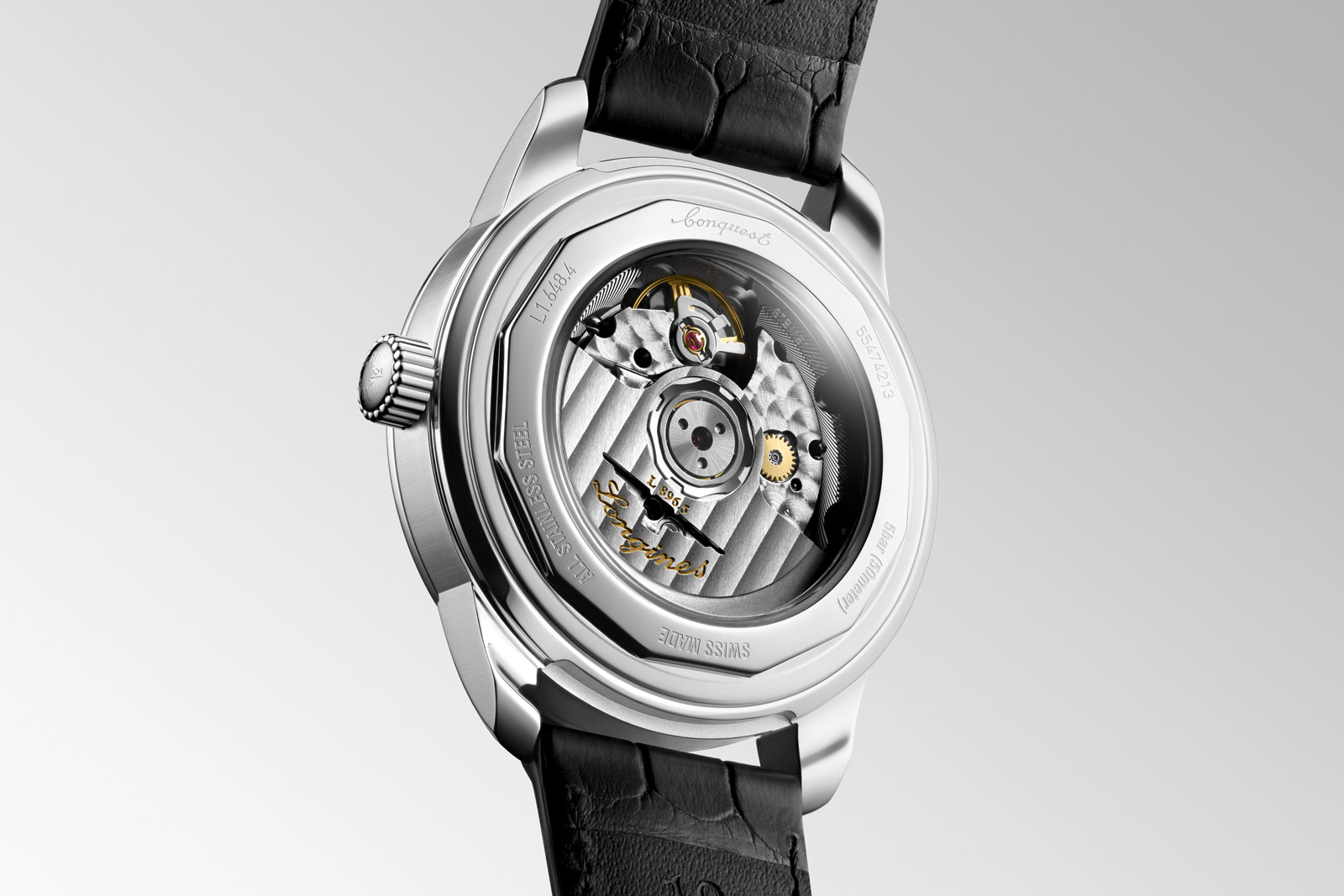
Key facts and price
Longines Conquest Heritage Central Power Reserve
Ref. L1.648.4.52.2 (black)
Ref. L1.648.4.62.2 (anthracite)
Ref. L1.648.4.78.2 (champagne)
Diameter: 38 mm
Height: Unavailable
Material: Steel
Crystal: Sapphire
Water resistance: 50 m
Movement: Cal. L896.5
Features: Hours, minutes, seconds and date window
Frequency: 25,200 beats per hour (3.5 Hz)
Winding: Automatic
Power reserve: 72 hours
Strap: Alligator strap with pin buckle
Limited edition: No
Availability: At Longines boutiques, retailers, and Longines.com
Price: US$4,380; or 5,810 Singapore dollars
For more information, visit Longines.com.
Back to top.




